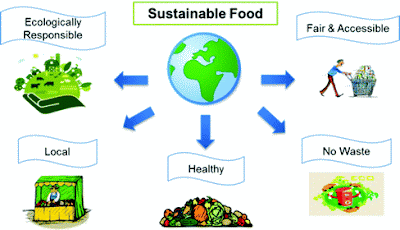Genetic engineering is when the genetic makeup of an organism is altered by inserting, deleting or changing specific pieces of DNA.
Over the years, genetic engineering has become more common in agriculture. Globally, there are over 25 countries that grow genetically engineered crops on approximately 420 million acres of land, and those numbers are increasing every year. The United States is responsible for producing almost half of the genetically engineered crops planted worldwide and currently devotes over 40% of U.S. cropland to these modified crops.
Although many crops have been genetically engineered over the years, there are three crops - corn, soybean and cotton - that are the focus of genetic engineering. In the United States, about 80% of corn and cotton and 93% of soybeans that are produced are genetically modified.
There is a wide variety of types of genetic engineering used in agriculture. One of the most common types of genetic engineering is to insert the genes for bacteria into the crop. This type of genetic engineering works like an insecticide, which is a pesticide that targets unwanted insects, because when the insects consume the crop, they will be infected by the bacteria and will get sick and eventually die.
Another common type of genetic engineering is when genes for herbicide resistance are inserted into crops. When herbicides, which are pesticides that target unwanted plants, are sprayed on the field, the weeds will be killed, while the crops survive due to the insertion of the resistant genes.
In addition to these common types of genetic engineering, agricultural crops are also modified to resist diseases and produce crops that have higher protein concentrations, higher levels of vitamins and minerals and delayed fruit ripening.
Benefits of Genetic Engineering :-
The use of genetic engineering and the creation of genetically modified crops has resulted in many benefits for the agricultural world. The most noticeable benefit is that genetic engineering has made it possible to produce more crops in a shorter time period. Due to the modifications that make crops resistant to diseases, it has been possible to increase overall yields. Many genetically modified crops are also designed to grow at a faster rate, which also helps increase overall yield.
Genetic engineering has also increased yield by making it possible to grow crops in regions that would otherwise be unsuitable for agriculture, such as areas with salty soil, areas that are drought prone and areas with low amounts of sunlight. Through genetic engineering, crops have been modified to tolerate salty soils, be more drought resistant and increase their rate of photosynthesis to take advantage of limited sunlight.
In addition to increasing productivity, genetic engineering has had several other benefits to agriculture.
By modifying crops so that they are resistant to diseases and insects, less chemical pesticides have to be used to combat diseases and pests. Also, if crops are genetically modified to include components of fertilizers, less chemical fertilizers have to be placed on the fields.
By reducing the amount of chemical pesticides and fertilizers, there will be less harm done to the environment. Genetic engineering has also made it possible to produce new varieties of crops by mixing genes from multiple different species. For example, pluots are a new type of fruit that was produced when the genes of plums and apricots were mixed.


































